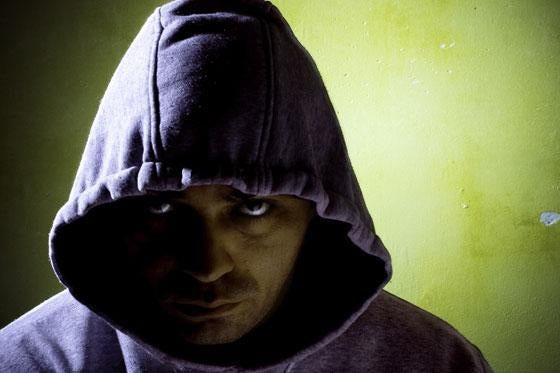
Even in these days of low staffing and high technology, reporters still occasionally leave the newsroom and venture into the real world. At least, they should.
Student journalists are also sent out and about to gather real stories from real people as a vital part of their training. But, as the headlines daily remind us, it can be dangerous out there. So, how to ensure their safety?
There is no such thing as a risk-free activity. As soon as you put your head outside your door you increase your chances of becoming a victim of crime, involved in a traffic accident, or falling down a pothole.
But staying indoors also has its dangers. The Royal Society for the Prevention of Accidents (www.rospa.com) informs us that around 9,000 people a year are injured at home in accidents involving… televisions. What’s more, in 2002 no fewer than 369 people were injured at home in accidents involving, er, ice cream packaging.
If nothing is entirely risk-free, some things are clearly more risky than others. Students working on stories should be warned against putting themselves into risky situations; so, dull as it may sound, we urge them to err on the side of caution.
Novices should not embark on stories that are particularly likely to lead to confrontational situations, such as investigating criminal gangs, drug dealers, the prostitution industry, terrorists and the like.
Email pged@pressgazette.co.uk to point out mistakes, provide story tips or send in a letter for publication on our "Letters Page" blog

